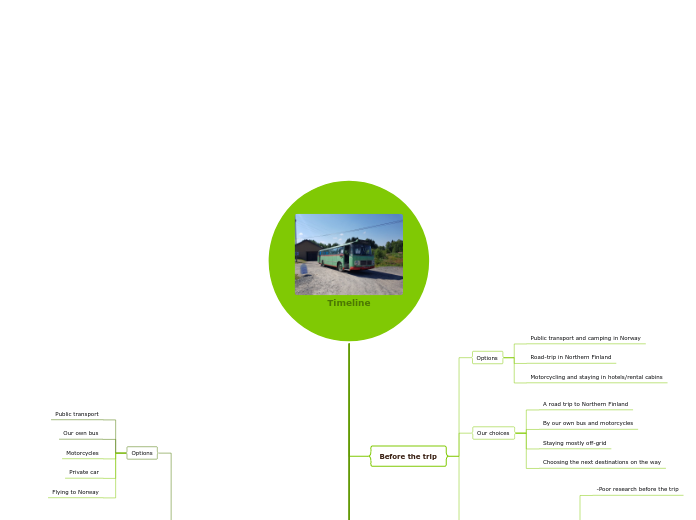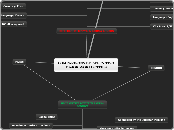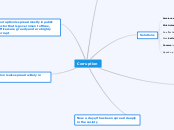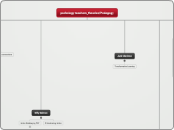Timeline
The main purpose of timelines is to display a series of actions within a particular time interval. Timelines can cover a bigger time period, they should not be very detailed. Howbeit, it is possible to add images, data, or figures.
After the trip
+This course offers a chance to go through earlier trips and how our behaviour could be more sustainable (also in everyday life)
+Some weeks after coming home I decided to visit the same places again with more time
-We did not reflect our choices to our knowledge of sustainability and responsibility
It is possible for tourists to make a change with small effort
Most of the trips have been as cheap as possible, since spending money has been associated with wasting and unsustainability in my mind
The first course on tourism business made me think about my trips and my choices
-We did not think about the trip for a long time
Memorising focused on our experiences and what we gained
I was not especially interested to follow news that related to the places where we travelled
And when we did, we didn't think about the locals or our impact on local economies
Eating
+The only restaurant meal was local dish in a restaurant of a small village
-The buffet was a possible source of waste as they usually are
-Grocery shopping in supermarkets and not especially selecting the local and season's products
-Cooking by ouselves did not benefit the local economy
Breakfast buffet
All sorts and more
Eat-in restaurant
In Norway
Cod and potatoes
Prepared food from the markets
Cooking by ourselves
Take-away
Eat-in restaurants
Travelling & accommodation
+No overcrowding
Not the most popular destinations
Off-season
+Low emissions on accommodation
Low use of water
No extra waste
But poor recycling
Sleeping bags instead of heating
+No need for external sources of energy
-Did not benefit the local businesses in transport or accommodation sector
-Took quite a big space on local parking lots when we stopped by, locals might have been annoyed
-Large carbon emissions on transport
Lots of stuff were packed and not needed
Extra distance was travelled to avoid using the same roads twice
Only half of the bus's capacity was used
Staying mostly off-grid "in the bushes"
Also our motorcycles
Needs power grid for electric devices
Beds for 4 people and fully equipped kitchen
Car-transport space in the rear
Flying to Norway
Private car
Motorcycles
Our own bus
Public transport
Activities
+Eco-friendly attractions
Use of the marked and permitted trails
No emissions
No waste
+Swimming in natural waters instead of spas
-Little familiarization to the attractions and their history
Cursory comprehension of the destinations
Too little time to carefully explore the attarctions
-Very little interaction with the locals
Belittling the benefits of interaction
No interest in the local customs
-No use of local services
Very little income for the local businesses
Swimming in many lakes and rivers
Crosswords etc.
Daytrip to Norway
Eating out
On motorcycles
Independent travel to attractions
On foot
The peak of fell Salla and Kiilopää
Wilderness church
Tour of Levi
Nature centres
Museums
Guided activities
Independent travel
Towns in Norway and the coast
Attractions
Sightseeing
Before the trip
Add date here.
Responsibility & sustainability
+The planning quite early started to focus on domestic travel
+Many travelling goals were brought together of well-being
-No interest in sustainability & responsibility
-No interest in environmetal impact
-No interest in local culture or well-being
-Poor research before the trip
Our choices
Choosing the next destinations on the way
Staying mostly off-grid
By our own bus and motorcycles
A road trip to Northern Finland
Options
Add the event here.
Motorcycling and staying in hotels/rental cabins
Road-trip in Northern Finland
Public transport and camping in Norway
You can add a few highlights here or if you want to add detailed description you can use the Notes feature.









